You might think that nowadays your data is already out there and there’s no use in trying to safeguard it, that it’s too much of a hassle to take the necessary steps, or even that you’re secure enough already.
While it’s true that there is no way to guarantee absolute privacy or security online, here are five easy things you can do to dramatically decrease the vulnerability of your personal information- even if you don’t consider yourself to be tech savvy.
1. Build Better Passwords
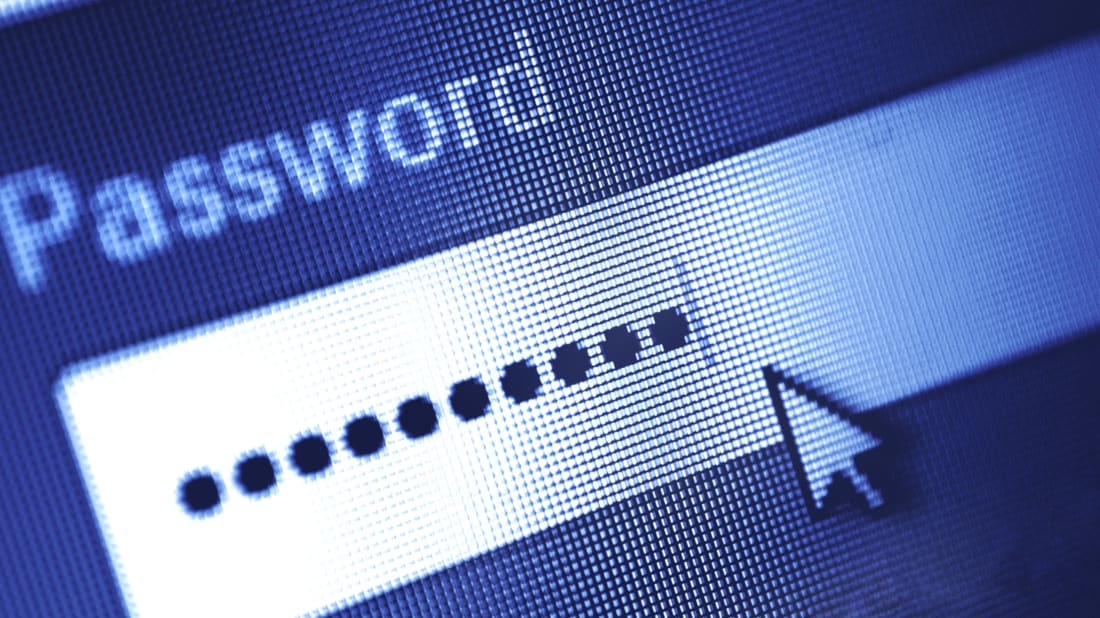
It’s tempting to use passwords that are short and simple, and therefore easy to remember. It’s equally tempting to use the same password or a variation on the same base password for all of your logins.
But there’s a reason why more and more sites are guiding (or even requiring) users to create complex passwords, using a combination of upper and lower case, numbers, and symbols. The longer and more random they are the harder they are to crack, and the less likely you are to find your account hacked.
For added security, don’t use the same or similar passwords for multiple accounts.
2. Get a Manager
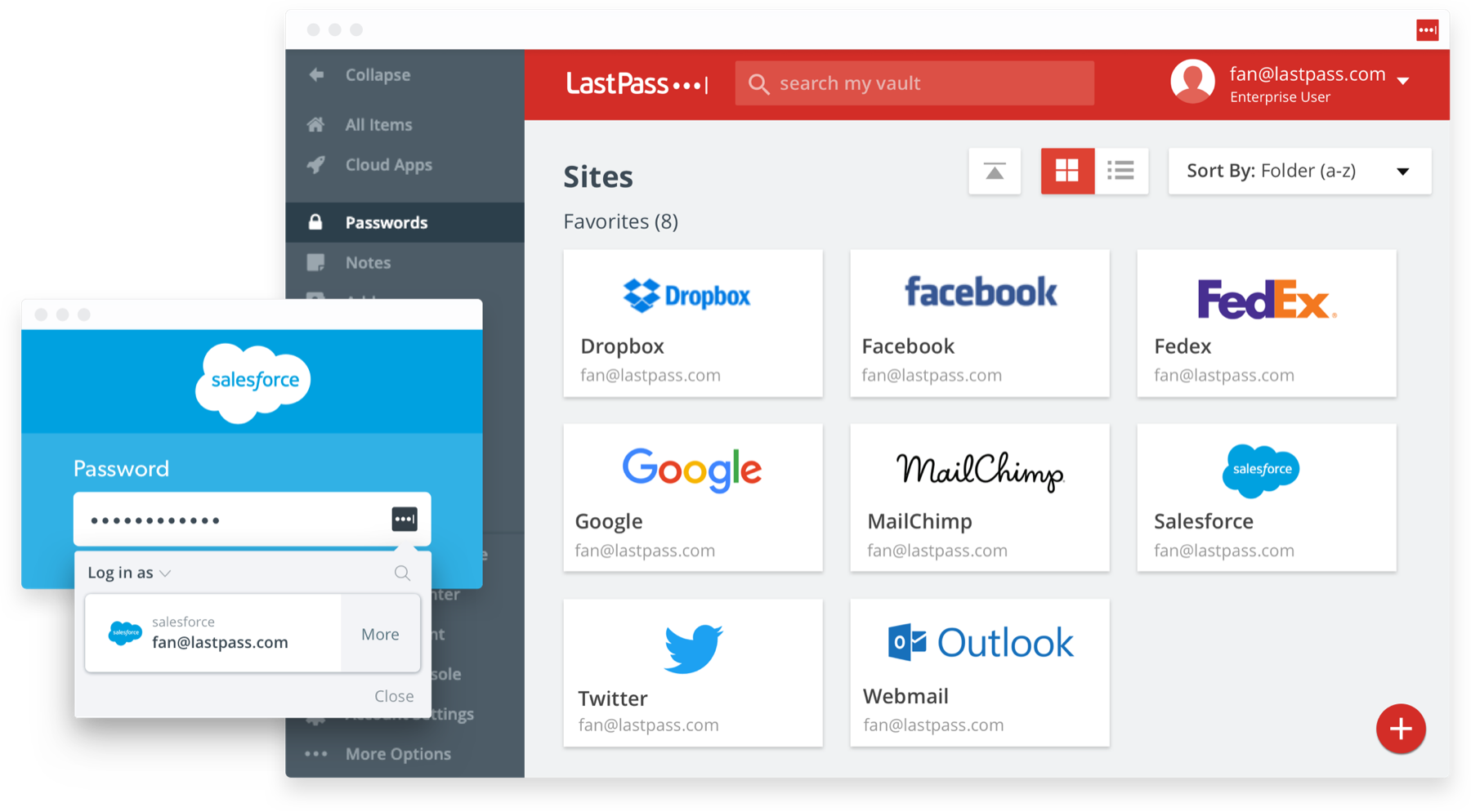
While you’re updating your passwords, take advantage of a password manager to make your life easier. With this tool, you don’t have to remember long strings of characters or store them on your device without protection.
Two tried-and-true options are
- LastPass,which has an excellent array of features in the free version, including synching across devices
- DashLane (opt for the paid version to take advantage of perks like unlimited VPN service, which adds another factor of protection)
3. Update, Update, Update
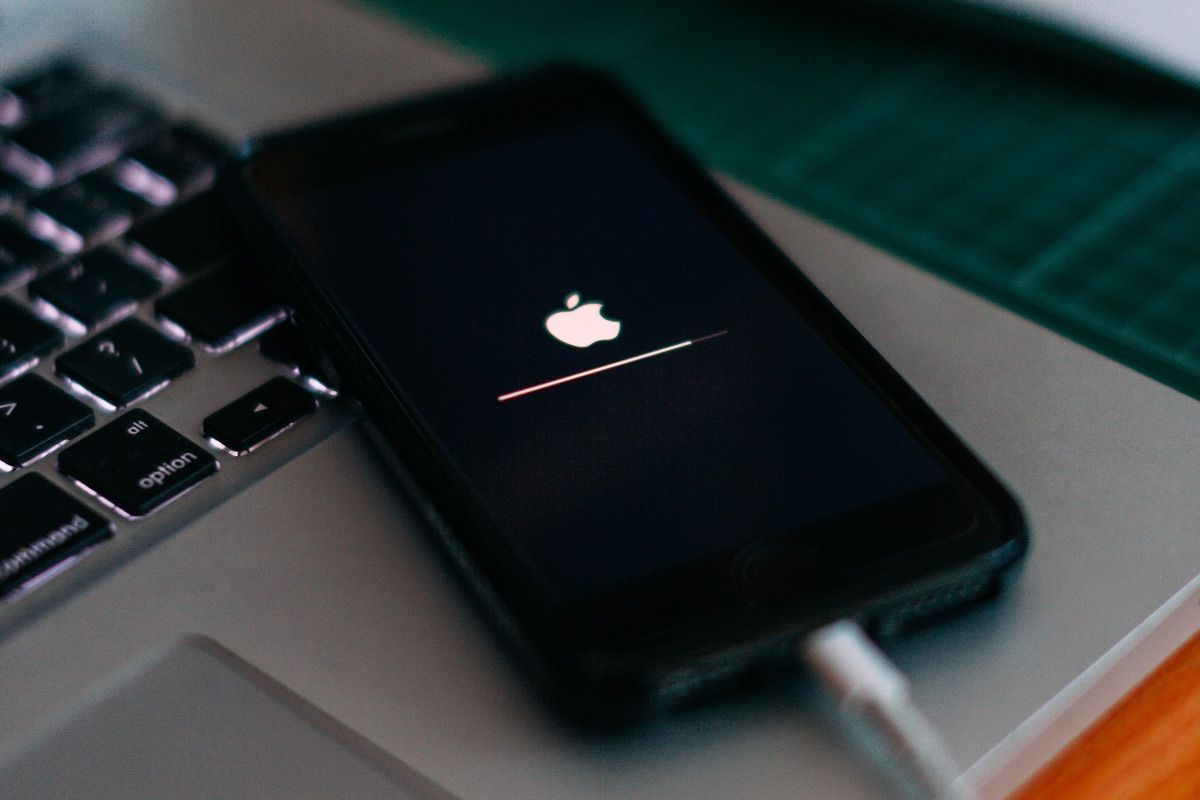
Software updates for your devices and apps aren’t just for added features or minor bugs! They typically contain security patches, which are designed to fix issues from previous versions and make the updated version more secure.
- The first step is to stop ignoring your update reminders and simply complete the update process for peace of mind as soon as they appear.
- Next, adjust your device settings so that apps are automatically updated when there’s a new version available and you always have the latest security measures active.
4. Limit your location sharing
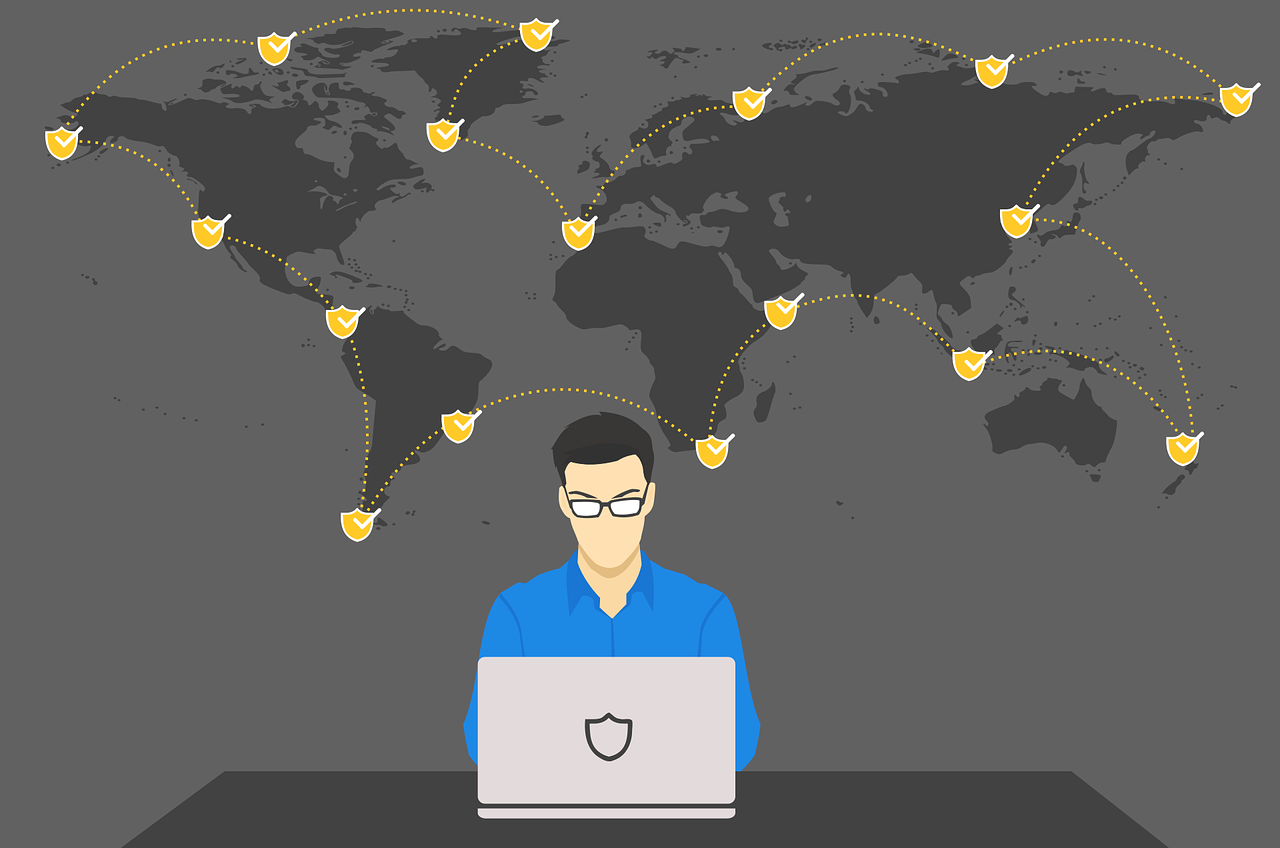
From food delivery services, to dating apps, to social media platforms- more people have access to your movements than you realize.
You do need to share this information for optimal use of some services, but allowing access to your location while you’re not using them means you’re exposing much more information than you’d like- businesses you’re visiting, how long you spend in certain places, the routes you take, etc.
This data can be used by advertisers to target you more closely, and it can compromise your offline safety by revealing your travel patterns and whereabouts.
- On iPhone: You’ll find your location permissions under “Privacy” in your Settings menu. From there you can even set custom controls for when each app can access your location.
- For Android users: The same permissions are also in Settings, but under “Google”.
5. Block Trackers
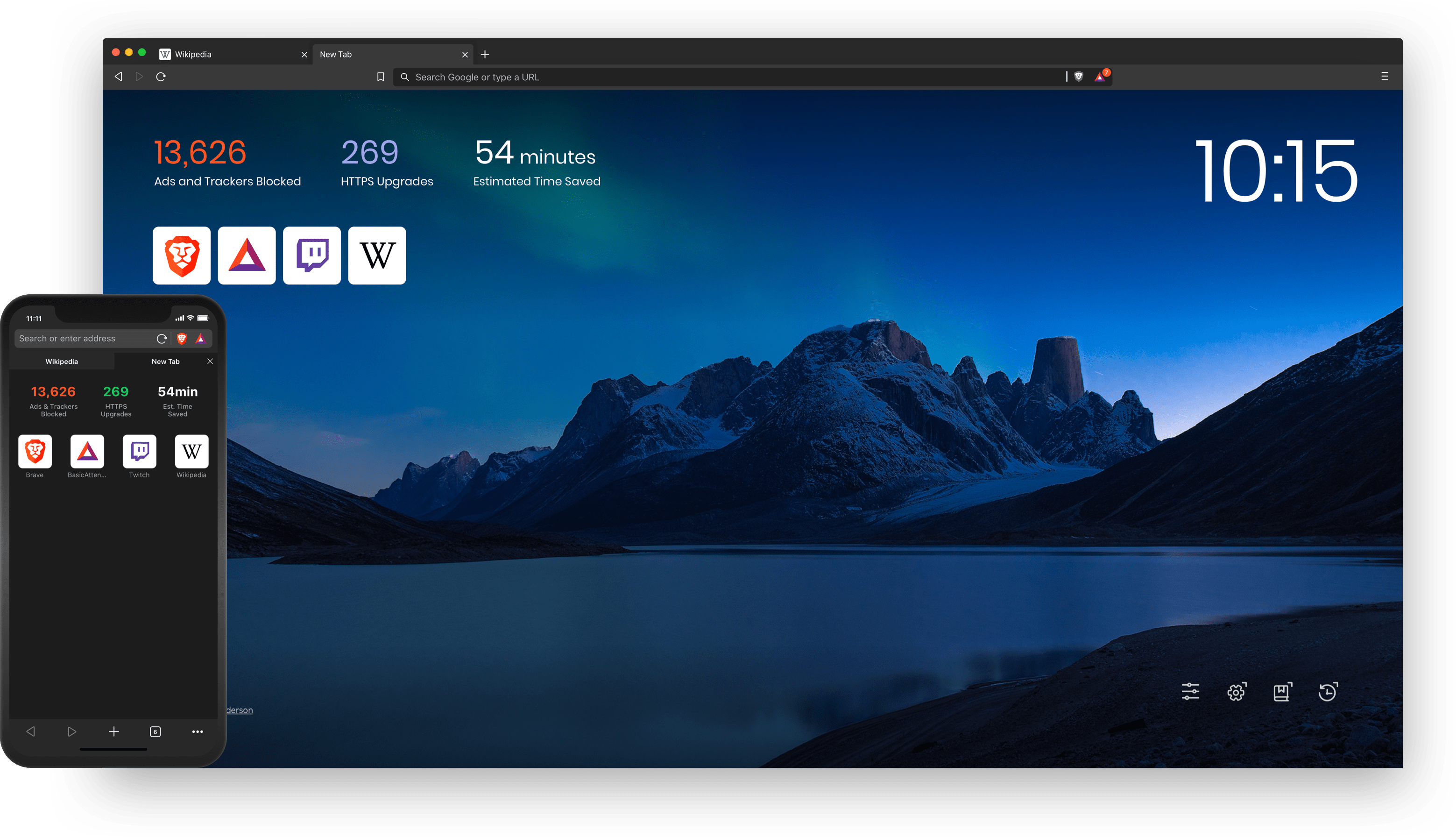
At any one time you could have hundreds following your browsing and siphoning data to advertisers, brokers, and other interested parties.
One way to stop some trackers is via Chrome’s “Do Not Track” feature. Only available as an extension before, this is now a built-in setting that can be toggled on or off as desired. But keep in mind that this feature only submits a request to the site to not collect information- it doesn’t guarantee that the site will comply fully, partially, or at all.
Another option is a browser that automatically blocks trackers. Brave offers virtually the same browsing experience as Chrome- but with the user data protection as a chief selling point, trackers are actually blocked by default (so no need to opt in or rely on requests).